This image shows the orbit of Comet Churyumov-Gerasimenko in aqua. The positions of the comet and planets are shown for February 26, 2004, the planned launch date for the Rosetta mission.
Click on image for full size
Windows to the Universe original artwork by Randy Russell.
Comet Churyumov-Gerasimenko
Comet Churyumov-Gerasimenko was discovered in 1969. It is named after
the two scientists who found it, Klim Churyumov and Svetlana
Gerasimenko.
The comet goes around the Sun once
every 6.57 years. The orbit of the comet is not a circle. Its orbit is shaped
more like an oval, which is called an ellipse. Sometimes the orbit of the comet
brings it closer to the Sun than the planet Mars.
At other times the comet is far from the Sun. It goes a little bit further
from the Sun than the planet Jupiter does.
The Rosetta
space mission will visit this comet in 2014. The spacecraft includes a lander that will touch down on the surface of the comet's nucleus. Scientists think
the nucleus of Comet Churyumov-Gerasimenko is about 3 km wide by 5 km long
(about 2 miles by 3 miles).
You might also be interested in:
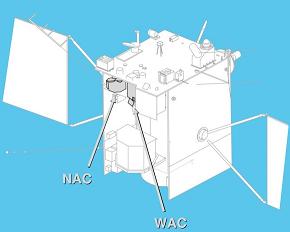
This picture shows two of the instruments on the Rosetta spacecraft. The instruments are colored gray in the picture. These instruments are two of the cameras on Rosetta. NAC is the Narrow-Angle Camera.
...more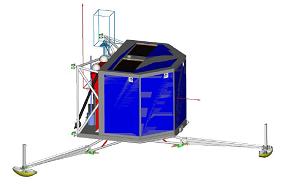
The Rosetta lander has many instruments that it will use to make measurements when it lands on Comet Churyumov-Gerasimenko. The instruments carried by the lander are listed lower on this page. The instruments
...more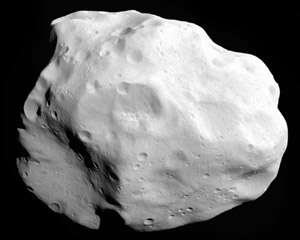
Lutetia is a medium-sized asteroid. It orbits the Sun in the main asteroid belt. The asteroid belt is between the planets Mars and Jupiter. Lutetia was discovered by Hermann Goldschmidt in Paris in 1852.
...more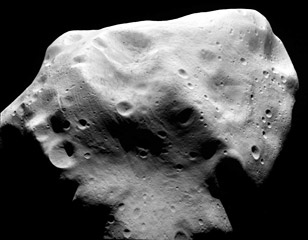
Rosetta is a European space probe. It was launched in 2004. Its main mission is to fly to a comet and land on it. Along the way it has flown by two asteroids. In July 2010 it flew by an asteroid named
...more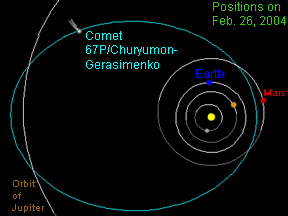
Comet Churyumov-Gerasimenko was discovered in 1969. It is named after the two scientists who found it, Klim Churyumov and Svetlana Gerasimenko. The comet goes around the Sun once every 6.57 years. The
...more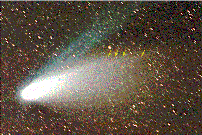
Comet Hale-Bopp was one of the brightest comets of all time. Astronomers witnessed the comet spew out intermittent bursts of dust. The surface seemed to be an incredibly dynamic place, with 'vents' being
...more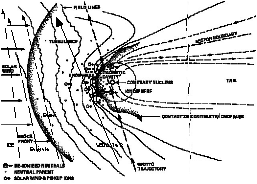
Six spacecraft flew to Halley's comet in 1986. There were two spacecraft launched from Japan, named Suisei and Sakigake, and two from the Soviet Union, named Vega 1 & 2. One spacecraft, ICE, was from the
...more














